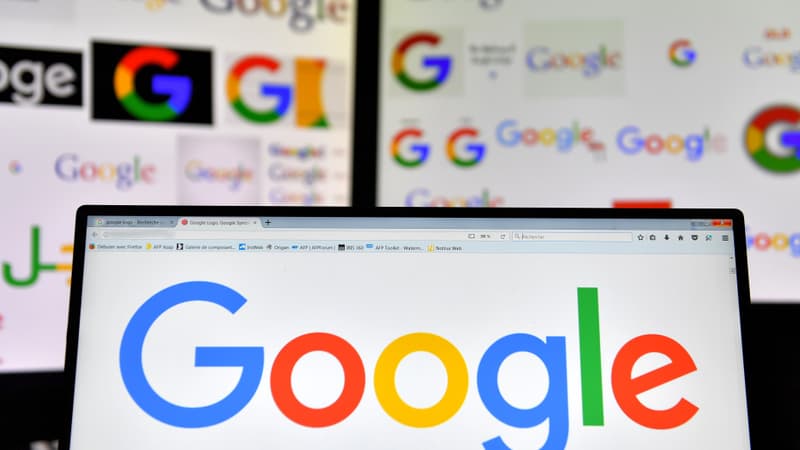Surely you did not miss these unusual shots of the Pope in a Balenciaga down jacket or even Emmanuel Macron dressed as a garbage collector… Many Internet users fell for the trap, deceived by the extraordinary realism displayed by generative artificial intelligences. Midjourney, Dall-E, Craiyon or even Bing Image Creator, there is no shortage of AIs to produce fake images and potentially mislead the Internet user.
Google has decided to address the problem and announced at its annual Google I/O developer conference last week the introduction of two new tools to detect fake images. An initiative that means taking the lead in the European Union and its future regulation on artificial intelligence.
Two new options in Google Images
The Mountain View group should very quickly integrate a first feature to make the source of the results displayed on Google images visible. An “About this image” statement should appear to make it easier to trace its origin. A reverse lookup feature that has been around for a long time, like the services that TinEye offers, for example. Also note that Google Images and Google Lens already offered this feature as well, but the idea here is to make it more accessible.
The second measure taken by Google concerns a “Google-powered AI” marker on all images generated by Google’s AI and its competitors, such as Midjourney, Dall-E, Craiyon, or Microsoft’s Bing Image Creator. For its part, Microsoft has also implemented a similar Bing bookmark integration and TikTok asks its users to flag posts that they qualify as “synthetic”, “fake”, “unreal” or “modified”. Other platforms such as Facebook or Twitter have not commented on the subject, but the context could reach them quickly.
It remains to be seen how Google intends to differentiate between a synthetic photo and a real photo.
A common front against the proliferation of false content
Automatic image generation can be fun and makes creativity accessible with a single click, with no Photoshop knowledge required. But it can also be used for less virtuous purposes: like this fake photo of a bloody old man during a demonstration that has gone viral and amplified dissent over the issue of police violence in France.
Faced with the explosion in the use of its AI –particularly for disinformation purposes–, Midjourney, for example, was forced last March to close free access to its services. While the problem appears to have been only partially resolved, this episode has raised the need for better moderation of these AIs on the European agenda.
In fact, MEPs have just adopted the European regulation on artificial intelligence and necessarily had to include new topics around generative AI along the way. The plenary vote on the text is scheduled for June and the European Union expects it to enter into force next year to set an example in AI regulation.
Source: BFM TV


